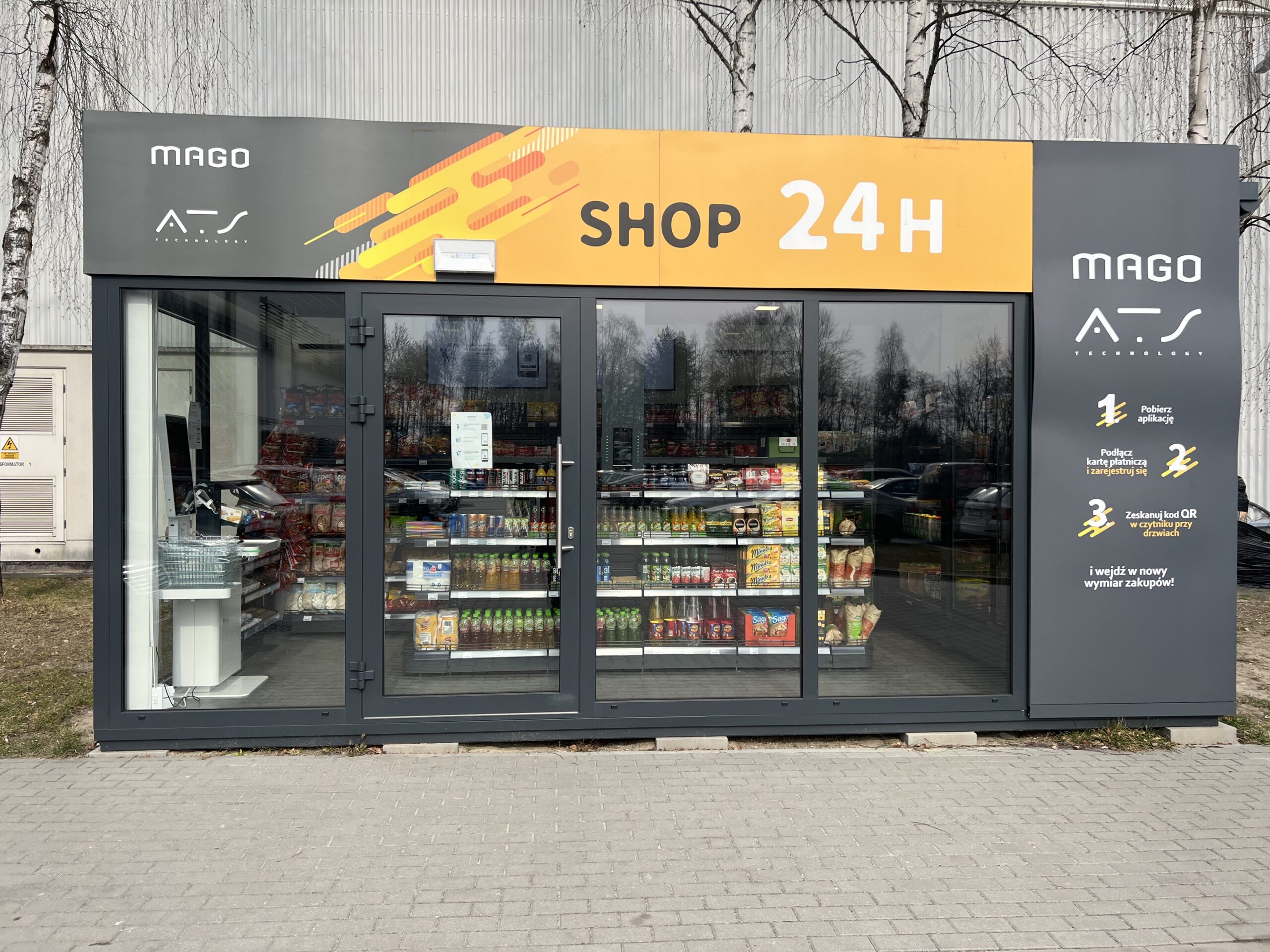Expert commentary
The future is one of constant change, including in the realm of retail models. All this will happen against the backdrop of the growing momentum of Industry 4.0, IoT and the “Internet of People”, i.e. the global network of connections. Sounds like a fantasy? Maybe, but 20 years ago not even science fiction films foresaw the functionalities and importance of smartphones in our lives.
Even today, we can ask if we would want our salesperson, assistant or perhaps our boss to be an AI-assisted robot? These are not visions, but a reality.
The future will certainly be inextricably linked to the progress, even revolution, of digital technology, automation, robotisation and, consequently, autonomisation. This process will take place in line with social progress, generational change and circular regulation. It will take several years and it is certainly worthwhile, indeed necessary, to be an active participant in it – a creator. This is the challenge that ATS Technology has taken on by creating a new ultra convenience retail model.
Automation, robotisation and, consequently, autonomisation in commerce
Increasingly popular solutions in the area of ICT (Information and Communication Technologies) and IoT (Internet of Things) offer tremendous opportunities to optimise all processes in commerce.
The implementation barrier to automation and, later on, autonomisation is mainly the level of initial investment. This can be lowered by adopting implementation strategies at the MVP (Minimum Viable Product) level. The second and one of the most important issues is to properly identify the area and accurately define the needs for operational, purchasing, management, marketing, and sales changes. This is the start of the journey, which must be precisely and specifically defined. The trade sector constitutes the broadest set of all the above-mentioned processes occurring in business. Solutions are being implemented that can shorten supply chains, simplify the retail operation, and satisfy customer aspirations. All of this against a backdrop of synergy and integration with the market, enabling Industry 4.0 to achieve its stated goal.
Product tracking in the supply chain system
Automation processes are developing most strongly in the manufacturing industry. Robotisation is reaching a very high level here. The products manufactured by the industry reach the central warehouses of integrated vendor networks. The recipient’s warehouse receives the products prepared and, increasingly, registered for travel in a blockchain system, enabling uninterrupted tracking. Depending on the specifics of the network, automation comes into play here. From the automatic placement of pallets or special containers in rack slots, through fulfilling orders, to the placement of finished deliveries in the forwarding area. Collaborative robots (cobots) working in WMS (Warehouse Management System) excel in these functions. A good example is Ocado, a company specialising in e-commerce in the UK market. Its warehouses are 100 per cent automated. One of the FMCG market leaders, Ahold Delhaize, which operates in the Benelux and the USA, has also introduced semi-automation in its warehouses.
Prepared deliveries go to traditional points of sale or consumers in the case of the e-commerce channel. In the latter sales model, autonomous delivery solutions carried out by small self-driving robots (e.g. Amazon Prime) or drone-based systems currently under development are being tested in the United States. In traditional sales, the transition to automation is happening slowly. Its vanguard is always the IT systems that support sales processes. After acceptance, goods are allocated to the sales floor. In this process, in the traditional sales model, humans are now irreplaceable, although exoskeletons can help them in the back office. For example, a device from the Japanese company INNOPHYS called the Every Muscle Suit, which costs as much as a good smartphone, facilitates work involving physical exertion. A further process is to control merchandising and merchandise inventory. The aforementioned Dutch retailer Ahold Delhaize has implemented 500 ‘Marty’ robots in its chains, which drive around the sales floor in shops looking for outdated shelf prices and empty shelves. Another task of the robots is to check the condition of the floor for stains and other dirt and products that have fallen off the shelves.
We are also encountering elements of automation in the very shopping process carried out by customers. For example, ordinary bread-cutting machines are already self-service devices that do not require the intervention of shop staff. The selection and picking of goods can be carried out by customers using their smartphones and self-scanning functions. The process of the purchase itself can be carried out via self-service checkouts or simply on a smartphone with a payment card attached. This is already the norm in well-developed retail chains.
However, strictly speaking, it is not just the sales process itself that is being covered by automation. The back office preparing and supporting sales is also undergoing digital and bot-supported changes. Bots have permanently entered the world of consumer communication. Selection advice, complaints, or fulfilling orders in e-commerce are just a few examples of areas supported by these types of software. The process of purchasing goods, which is sensitive for retail companies, is evolving towards automation. In this process, the human factor plays a key role and thus decisions can be subject to a high risk of error. Robotics Process Automation (RPA) is currently attracting a lot of interest, but it requires advanced technology. A lot of attention is paid to big data analytics supported by artificial intelligence (AI). What is rarely mentioned is how expensive and sometimes lengthy it is to draw up algorithms that respond to the precisely defined needs of the users of these analyses.
Lorem ipsum dolor sit amet, consectetur adipiscing elit, sed do eiusmod tempor incididunt ut labore et dolore magna aliqua. Tellus in metus vulputate eu scelerisque felis imperdiet proin. Non blandit massa enim nec dui nunc mattis enim. Vestibulum rhoncus est pellentesque elit ullamcorper dignissim. Nulla porttitor massa id neque aliquam vestibulum. Odio euismod lacinia at quis risus sed vulputate odio. Laoreet sit amet cursus sit amet dictum. Elementum curabitur vitae nunc sed velit dignissim. Pulvinar elementum integer enim neque volutpat ac tincidunt vitae. Elementum integer enim neque volutpat ac tincidunt vitae semper quis. Leo vel orci porta non.



Sledź nas na: